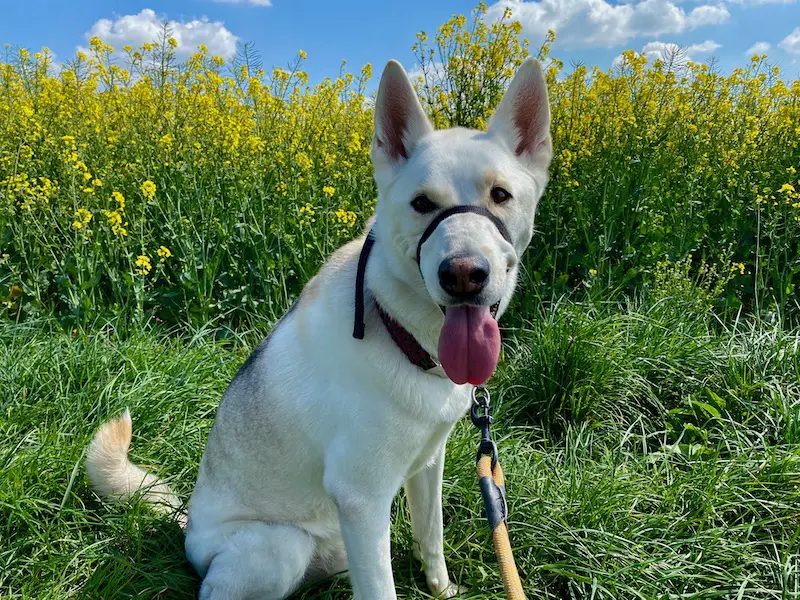How do you go about moving your pet to the UK with the least headache? The UK has a quarantine-free pet travel scheme that will allow you to bring your fur baby along when you move to the UK. However, there are potential pitfalls you’ll want to avoid so that everyone lands in the UK as planned. Take these steps to help your pet travel planning move smoothly.
1 – Understand your budget and risk tolerance
There is no cheap path to moving your pet to the UK, but there is definitely a range between moderate and crazy expensive options. For a look at the options available to you, check out my post Cost of Moving Pets to the UK. It’s important to be clear on the funds you have available and how willing you are to manage everything yourself. This is unlikely to be the only plate you have spinning as you coordinate a move, but it’s also likely to be one of the most costly parts of your move.
2 – Find the right veterinarian
The paperwork required for moving your pet to the UK must be completed by a USDA accredited veterinarian. So, at a minimum, you will want to ensure that your current vet meets this criteria. I recommend seeking a vet who is both accredited and has experience with international pet travel documents. Like most government paperwork, it can get confusing and you want your vet to be confident that they can fill it out correctly.
When we moved our dog and cat, our local vet was not accredited. I had the best luck by going to a large chain (we chose VCA) to find the help needed. The practice did not have much UK experience, but they did a lot of Hawaii moves. Hawaii, it turns out, has even stricter pet import rules than the UK!
3 – Locate your pet’s microchip
This should be one of the first steps your vet completes. Timing for the rabies vaccination is tied to the microchip being placed first. This is why it’s important to confirm that microchip is where you think it is. Our dog’s microchip had migrated toward his shoulder and was initially hard to find. Our vet noted this in the application papers to avoid confusion. I also made sure I knew where it was in case there were any problems finding it once he landed in the UK.
4 – Check your rabies vaccine records
The UK is rabies-free and would prefer to keep it that way. This is why proof of rabies vaccination is so important for incoming pets from the US. The strict guidelines are not intuitive, though. For instance, both our dog and cat were up to date with 3-year rabies vaccines. However, this vaccine is a booster only by UK standards. Therefore, there can be no gap between the initial 1-year vaccine and the entire chain of 3-year booster shots. Any delay in administering the a booster on time will mean a new 1-year vaccine is required.
We looked back at our records and, yep, the 1-year vaccine for both of our pets expired by a whole week before they received the 3-year booster. Our vet confirmed that a new 1-year booster would not harm them, even though their booster wouldn’t expire for another year itself.
5 – Get your forms approved by the USDA
Did you expect the USDA to be part of the process to move your pet? I definitely did not! There is a limited window to provide your documents to the USDA for review and of course it has to happen just a few days before your pet’s flight. We had a last-minute scare when our vet had to make a correction and the USDA’s tracking site did not indicate they had received the revision. Frantic calls from our vet and our transport service went completely unanswered. Luckily, the approved paperwork came through right at the USDA office’s closing hour. I don’t have much advice for dealing with the USDA other than to remind you that bureaucracy is frustrating, but they did come through for us.
6 – Book your pet’s flight
You might assume that you should book a flight for your pet as soon as you have your own travel dates firmed up. Unfortunately, you would be wrong. In general, pet cargo bookings will only be made 13 days in advance of the flight. Given the limits on how many cargo pets can travel per flight and backlogs from Covid, you can imagine how securing a flight may become stressful. Be ready when your window hits if you are managing this yourself and have some back-ups in mind if your preferred flight isn’t available.
7 – Book a space at Animal Reception
If you are flying your pet into London Heathrow, you will need to pre-book space for them at Heathrow Airport Animal Reception Centre. Similar receptions exist in Manchester and Edinburgh. Check your landing airport for details.
This is one of those steps you don’t see when you just review the regulations around moving your pet to the UK. Space can be pre-booked about 30 days out from your pet’s arrival, and it is important to take this step. This way the reception centre can confirm they will have a space for your pet while they clear customs.
8 – Plan for pet transit
Did you know that it may take hours for your pet to clear customs after they arrive in the UK? If you’re arriving with moving abroad levels of luggage and jet lag, this can be an unwelcome surprise. Our transport service coordinated a pet taxi to bring our dog and cat to our temporary flat. You are welcome to wait for your pet at the reception centre, but consider your options if getting everyone to your destination starts to look too hectic.
One more tip for moving your pet to the UK
Remember that the stress of travel is temporary, but having your pet companion with you as you start your new life chapter will be priceless. I can’t imagine being here without our mischievous cat and friend-to-everyone dog!


Where to go for more help?
The City of London maintains an informative page for the Heathrow Animal Reception Centre. This includes links out to guides for travel with pets into the UK.
Save this post to Pinterest for future reference!




